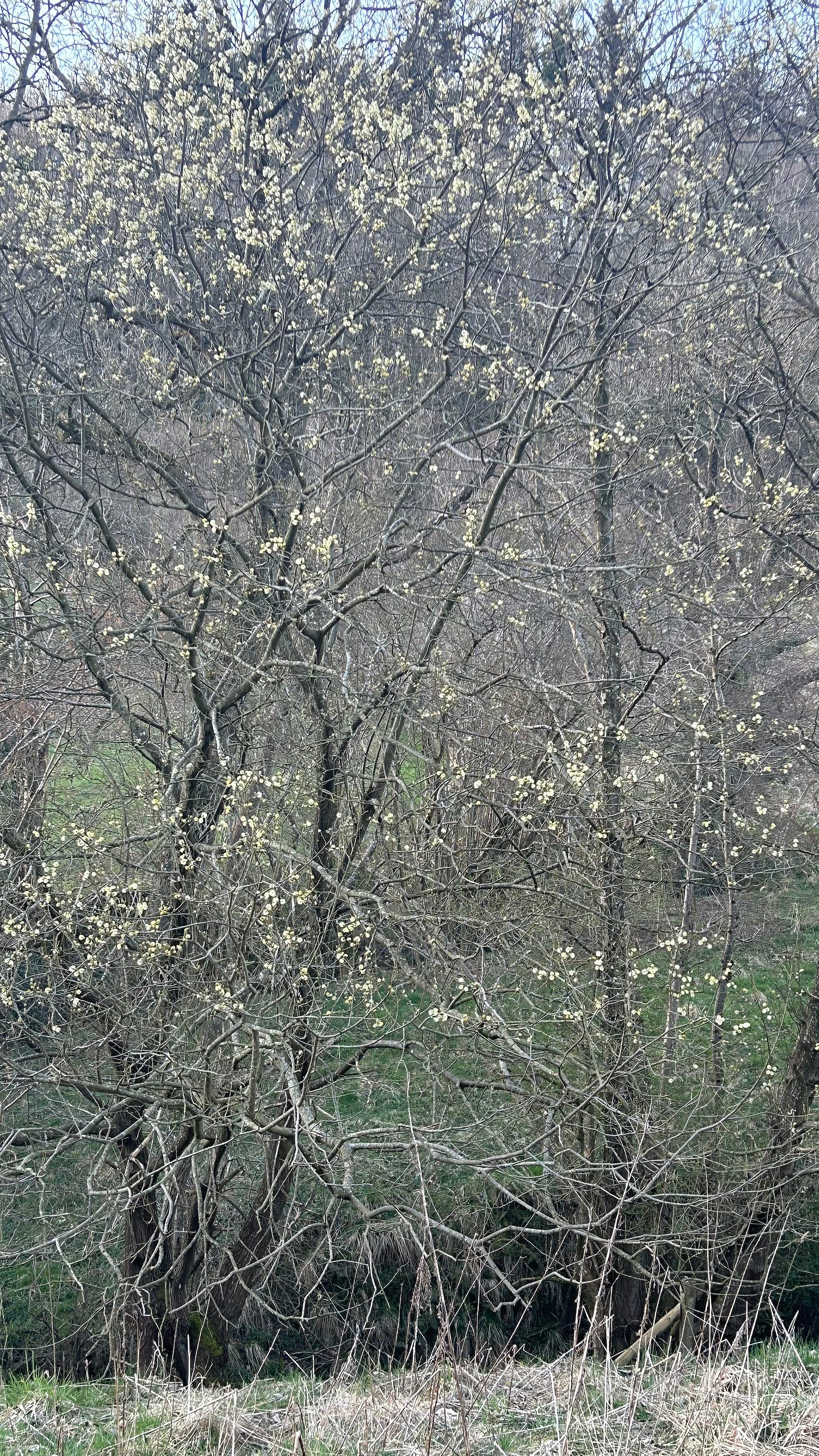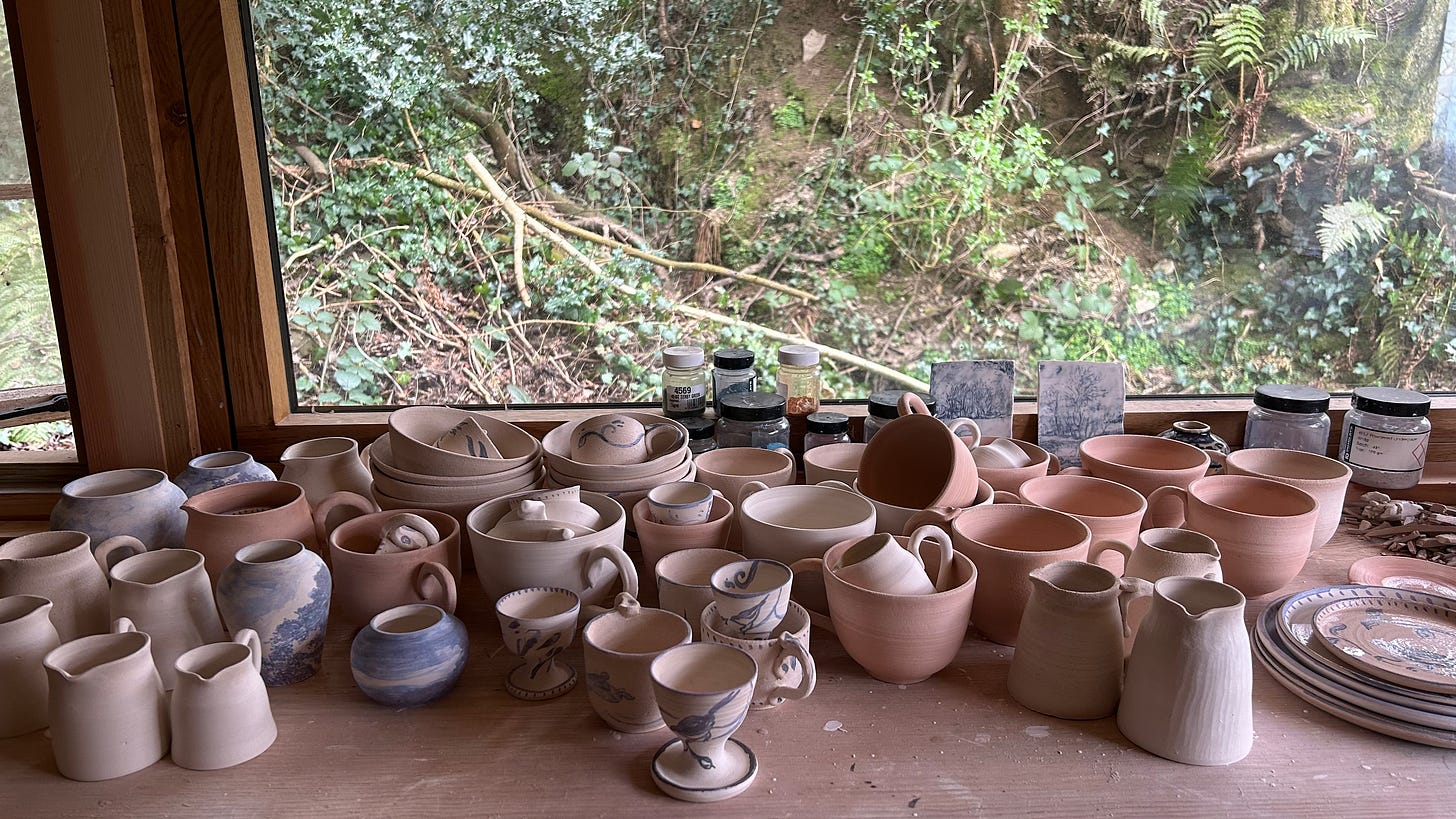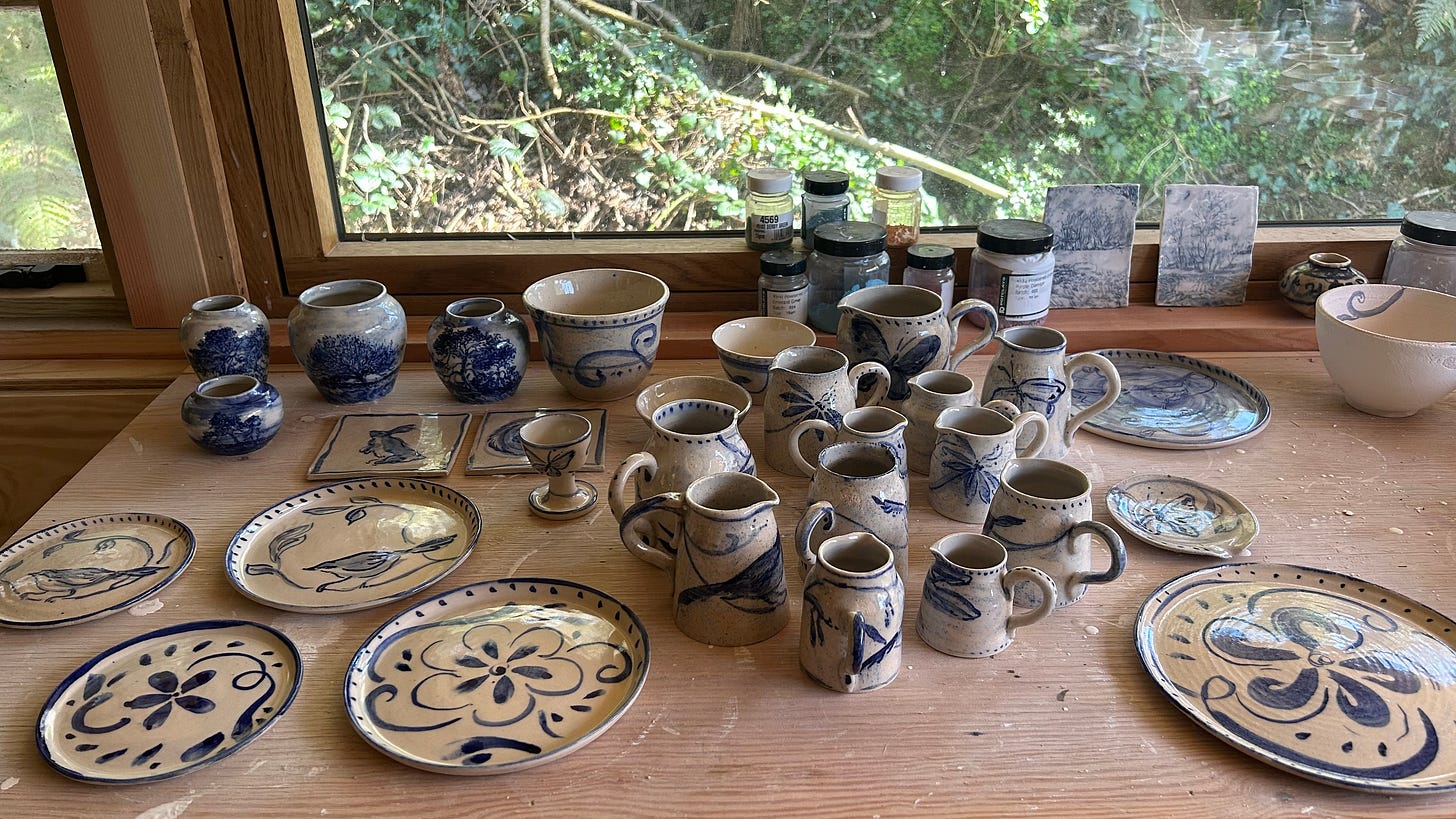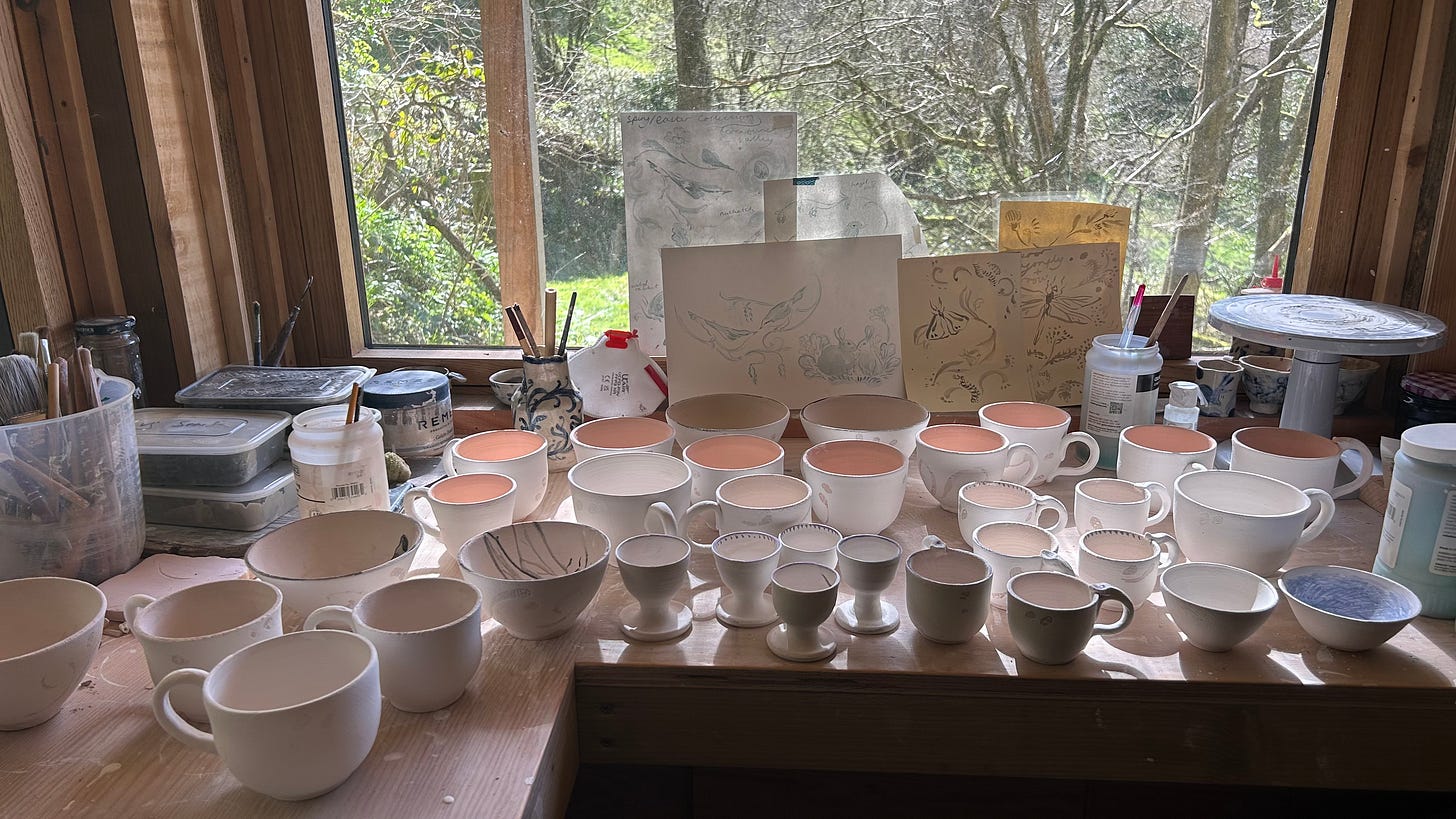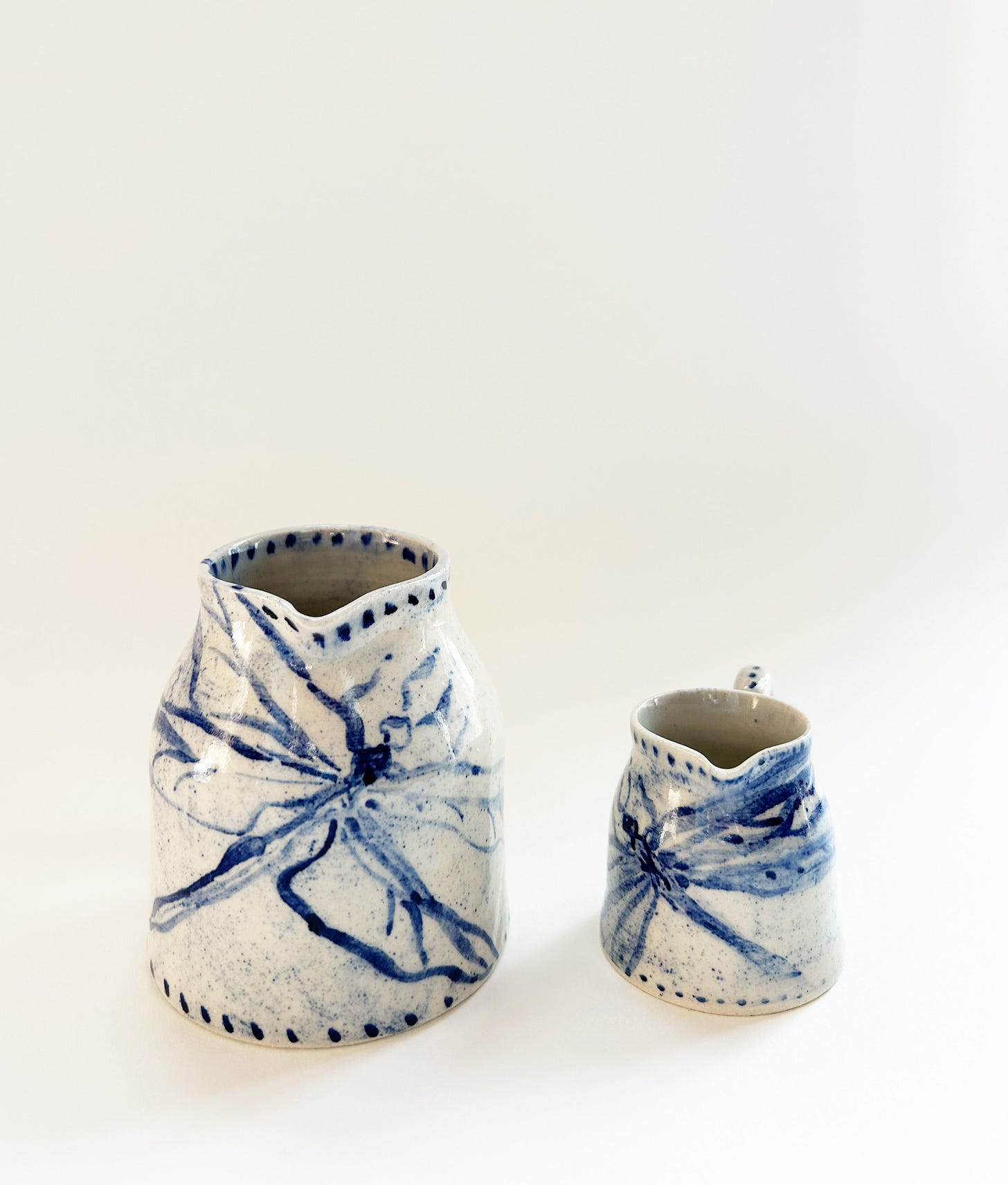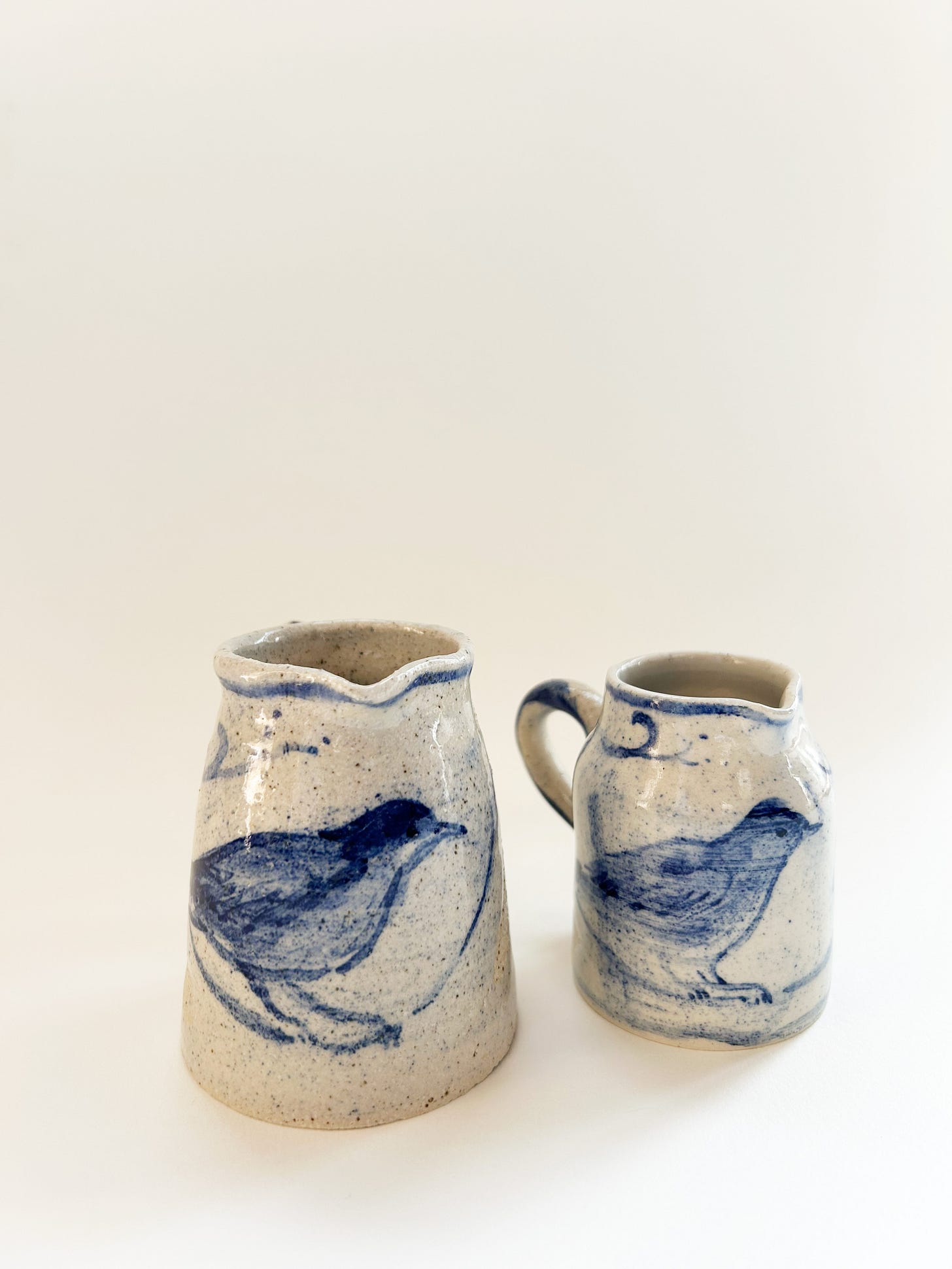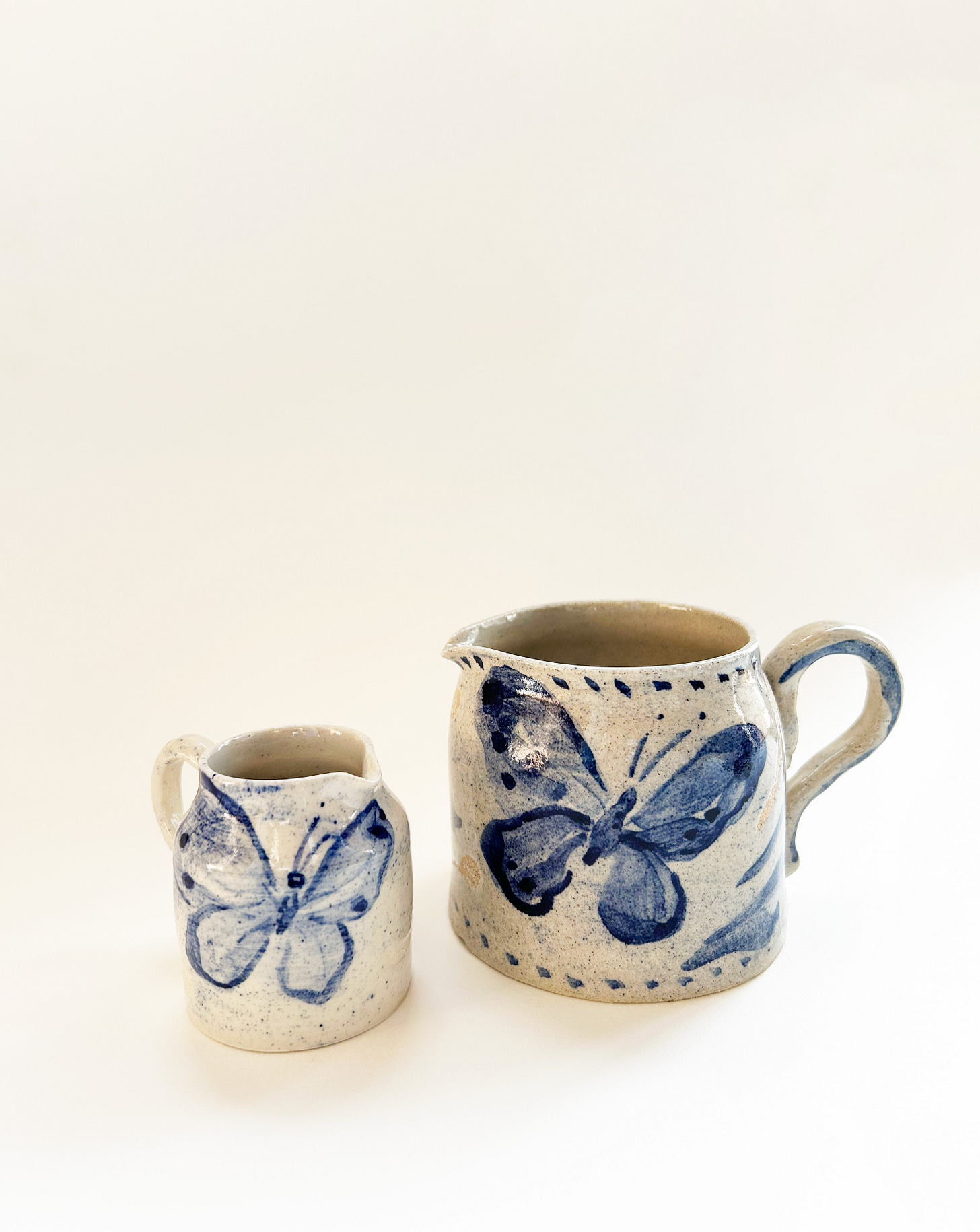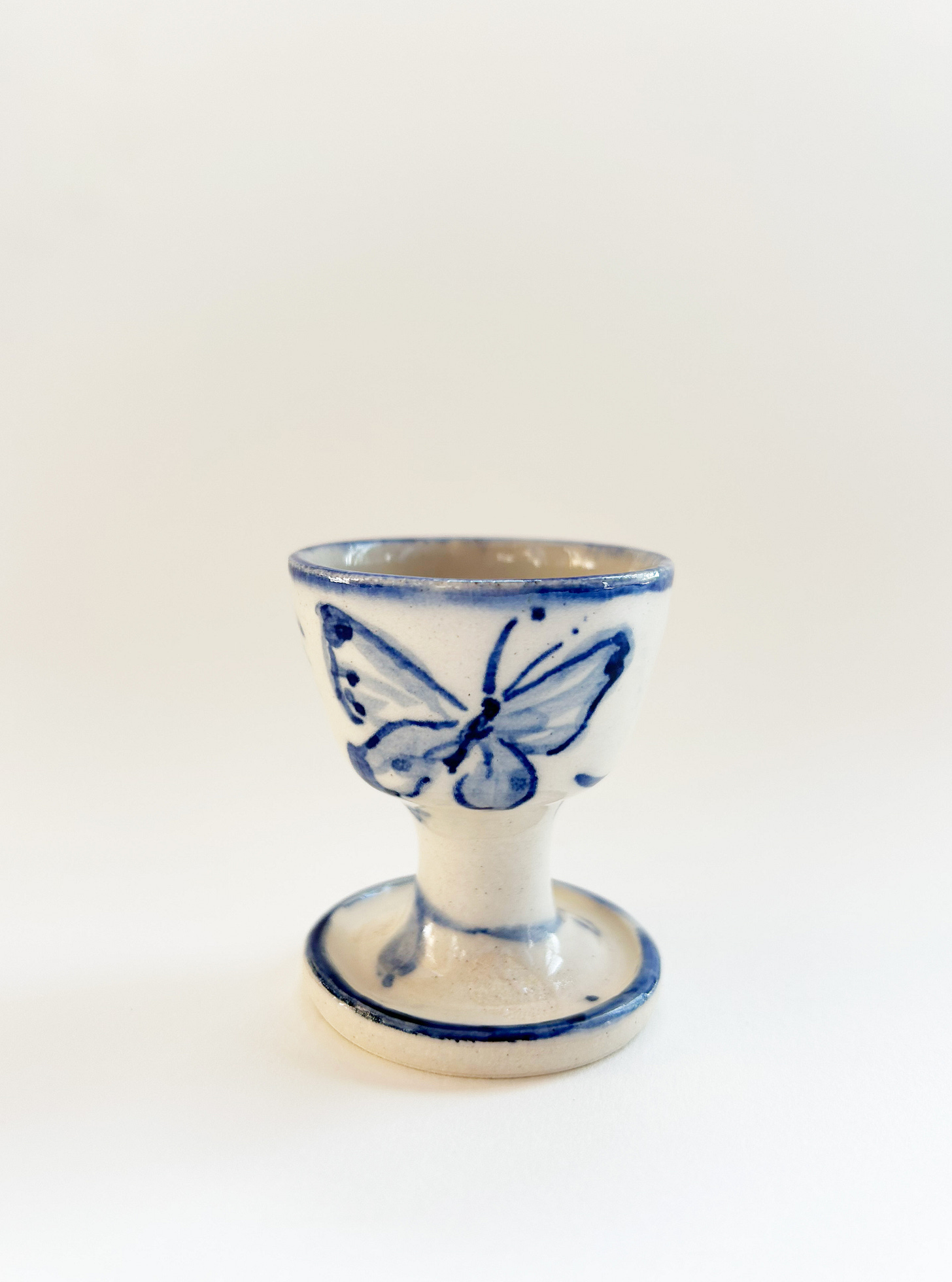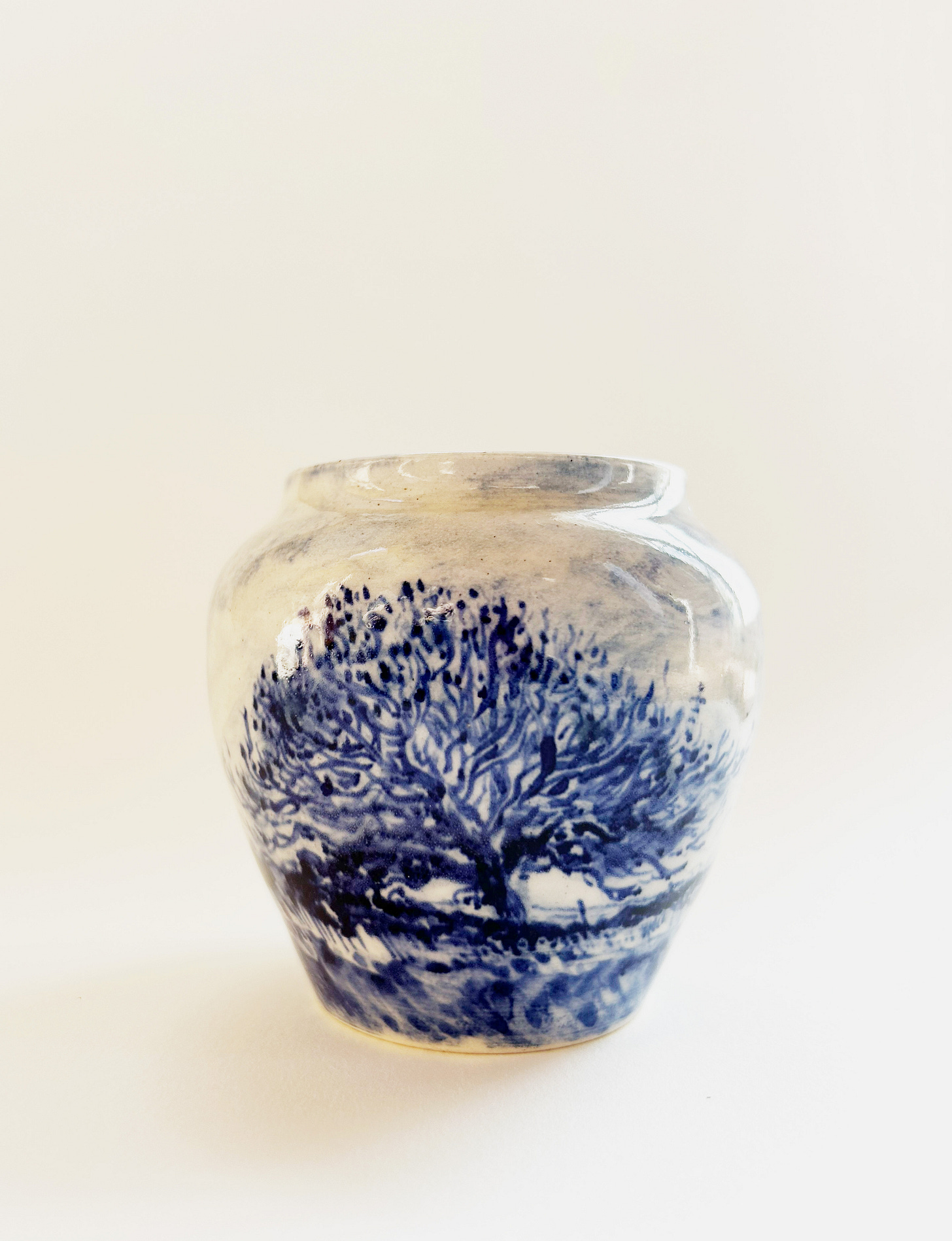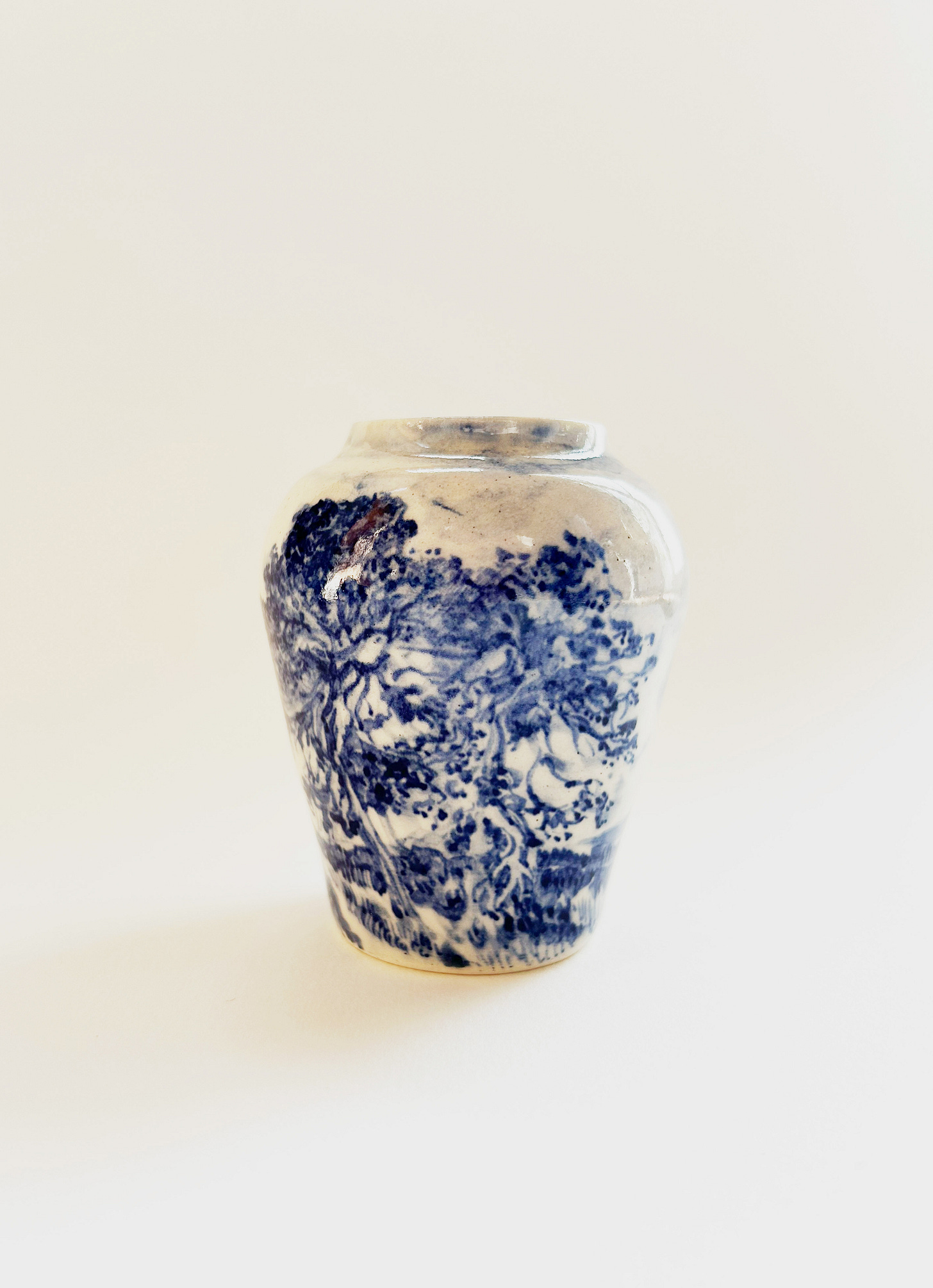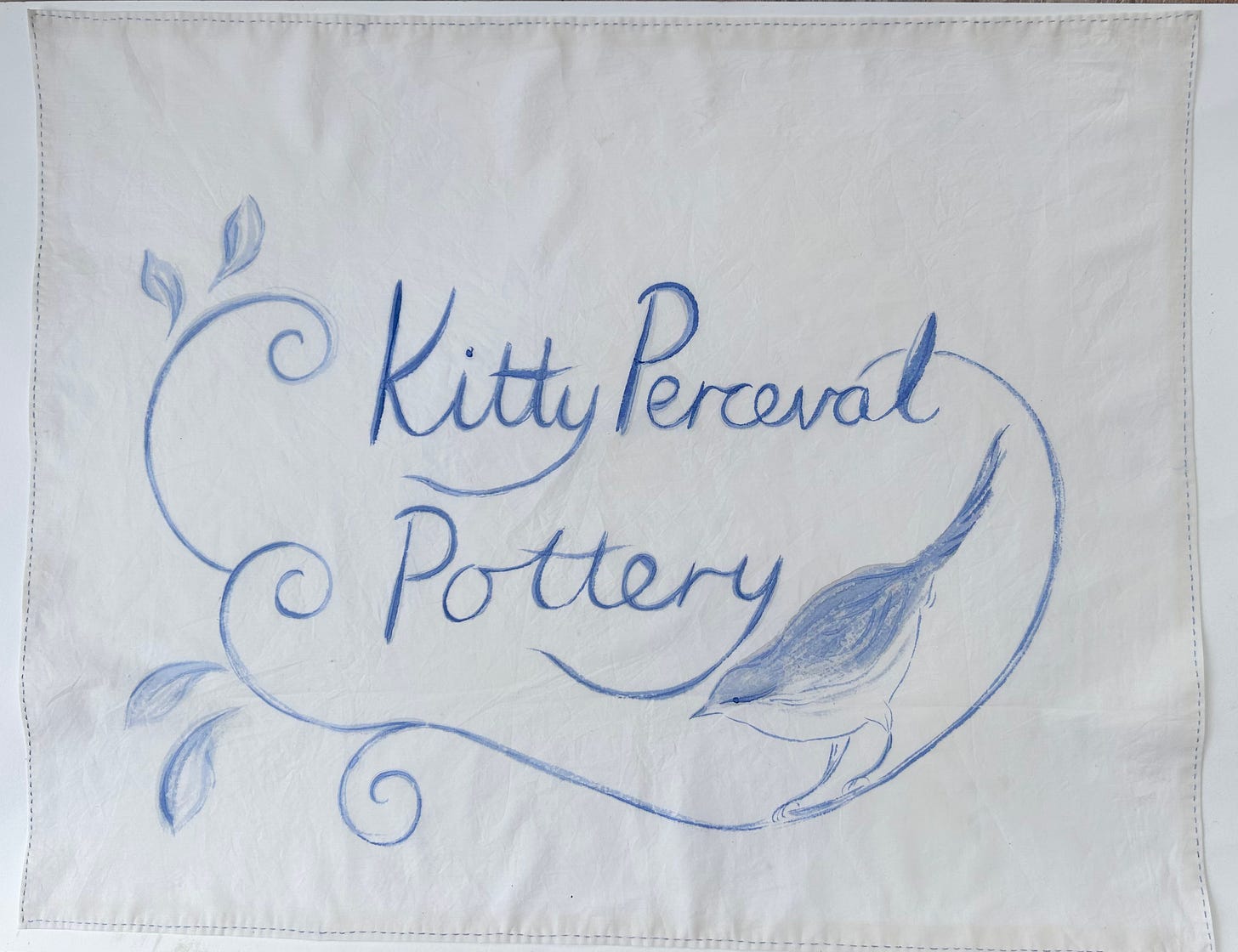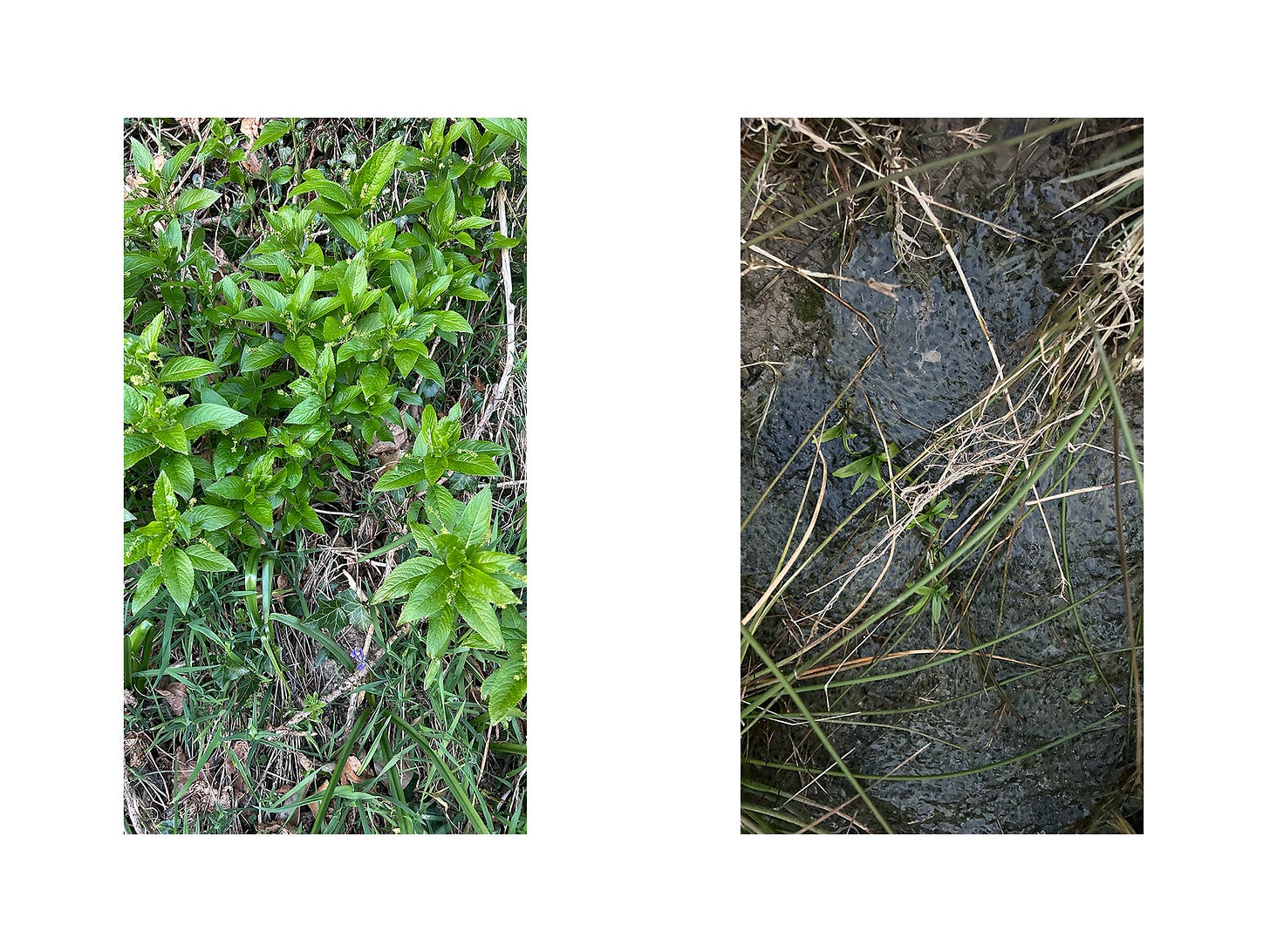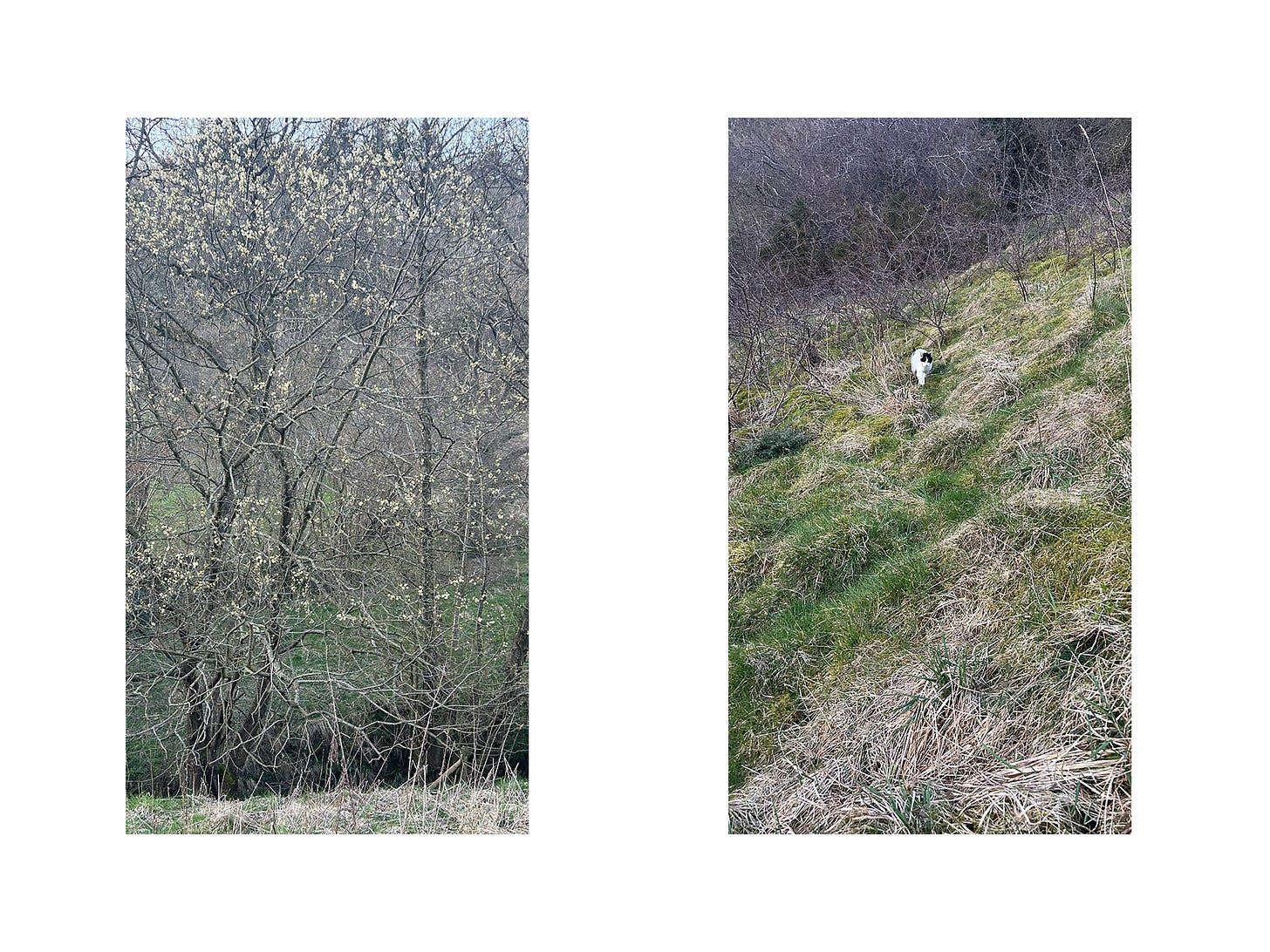Hello everyone,
How are things going? I’ve had super frustrating few days, stumbling over enough little problems and disappointments that accumulatively it’s been a bit of a rubbish week. Before we get into that though I want to tell you about the best part of it.
A couple of days ago I went to a talk about this project - the building of a pan-species list for Llandrindod, my local county town. The guy who delivered it was amazing, the most storybook-character-come-to-life kind of person I’ve ever met. With odd socks and a charming rhotacism he spoke for over an hour to the handful of us there about the merits of looking at nature and of recording what you see. I’ve heard people talk about their children with less passion and delight than he did about mites, flies, and all the minuscule creatures not visible to the naked eye that he’s found in the course of the project. He was also a fossil hunter who plays the harp.
Even though it alerted me to the fact that I know literally nothing about anything, I found the talk unbelievably comforting. While he wasn’t unrealistic about the issues the climate’s facing (while biodiversity is statistically going up as so many new species are being discovered, abundance - ie population- is plummeting drastically) his outlook was positive and hopeful in a way which feels rare from a scientist. Perhaps due to his background as a pre-historian, he understood nature to be vast and endless; as he pointed out, we are just at a moment in time. Humans can imagine a fair bit - we can predict what might happen ten, fifty, maybe five hundred years in the future. But what we’re not so good at is seeing beyond ourselves. Even the most radical nature-lovers among us struggle not to see ourselves as something seperate, the pinnacle of existence sitting apart from nature, that we only affect it with our actions. This isn’t true: we are nature, taking its course. This guy talked a lot about succession, the understanding that nature is not a fixed, steady thing, but something that is constantly changing, transforming, moving through cycles. Conservation - which of course has its merits - is about, in some ways, trying to control nature, to keep it static and still in one point in time. Secession, conversely, is the natural course of things. Again it’s something that humans, with out limited scope, struggle to grasp. It relies on us exercising our imaginations. It requires us to think not just five hundred years into the future, but five thousand. It needs us to see beyond the visible.
A few of the more mean-spirited members of the audience seemed to want to catch him out (why or to what end I don’t know), and bought up various ‘disasters’ that have happened locally: 30,000 trees down in a recent storm, fires on the moorland near the Elan Valley, many more roads being built through our countryside. He handled them all with understanding and grace, but stuck to his point. What humans see as ‘disasters’ are just a form of succession. While the trees down will have disturbed birds and mammals, the decomposing wood will provide a vital habitat for countless species of mites, flies, and fungi. Ash and charred plant matter from the fires will embed different nutrients into the soil of the moorland, which will encourage different species than have been found there previously. Even the roads will have their own succession, if we can imagine ourselves far into the future. What I loved about this mindset was that it gave me permission to be hopeful. To trust that nature knows what it’s doing, even in the face of disaster.
I often go for a walk just after dusk to say goodnight to the valley. I like to stand at the head of it and look out into the twilight, imagining all the creatures that call it home like I do. The foxes, badgers, and owls. The deer in the brash and mice in the grasses. All the things I know the name of. Now I think about the invisible creatures too, the ones beyond my understanding. The larvae in the pond and the mites in the tussocks. The microscopic fungi that only live on rabbit droppings, busy in their own tiny ecosystem. I trust you, little ones.
What I’ve made
Now onto the complaining - man I’ve had an annoying week! On top of some very frustrating life-admin issues (which I wont bore you with), work’s not been going so well either. I’m gearing up for a couple of markets this week and next, and just as I was beginning to feel nice and prepared, I ran out of glaze. Sure I had enough to finish this batch I didn’t open my most recent materials order straight away, and when I did I realised I’d stocked up on the wrong kind of glaze. So I had to finish up my current batch with an ‘ice’, rather than clear, which possibly no one but me will notice, but it upset me all the same. I hate doing things half-heartedly.
Here they were waiting to be glazed:
And here’s half of them fresh out of the kiln:
And the other half, waiting patiently for more glaze to arrive:
I’m not that pleased with this recent batch - cobalt oxide can be a bit unpredictable, and the decoration on the jugs came out a bit too dark. This along with the blue-tinted glaze makes them feel a bit heavy, not a bright and fresh as my last batch. Here’s a few I’m quite pleased with though. ‘Mother and child’ jugs for mother’s day and my first little eggcup:
More in my ‘After Doris’ series:
With all the time I’ve had to spend waiting this week I made a new sign for my market stall, which was fun and I probably wouldn’t have got round to it otherwise, so sliver linings I guess.
If you happen to be local, I will be selling at Ludlow Mother’s Day market this Sunday 30th, and Hay-on-Wye Saturday market on the 5th - it’d be lovely to see some friendly faces.
What I’ve seen
Dog’s-mercury and the first bluebell tucked into the bank, and the edge of the pond lined with jelly frogspawn. The pussy-willow is out down in the gully; I visit it in the evening and hear it humming with bees.
In other news, my website has had a small refresh and now has dedicated ‘pottery’ page. Have a look here.
Thanks for listening loves,
Kitty


